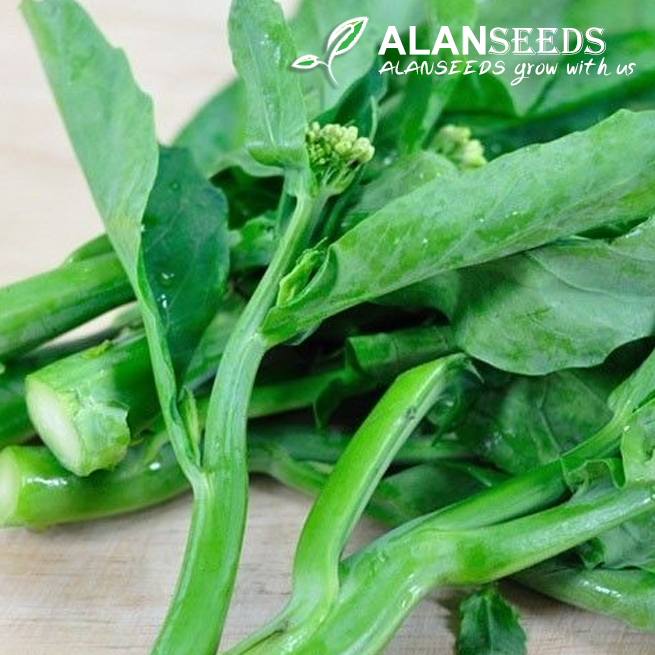Hey there, fellow gardeners! Ready to grow some nutritious and delicious Chinese kale? Whether you’re a seasoned pro or just starting out, I’ve got you covered with some easy-peasy steps to get those heirloom, open-pollinated, non-GMO seeds sprouting like champs. Let’s dive in!

Chinese Kale Seeds – Heirloom, Open Pollinated, Non GMO – Grow Indoors, Outdoors

Chinese Kale Seeds – Heirloom, Open Pollinated, Non GMO – Grow Indoors, Outdoors
What You’ll Need:
- Chinese kale seeds (heirloom, open-pollinated, non-GMO, of course!)
- Potting soil or compost
- Planting containers (pots, trays, or raised beds)
- Watering can or hose
- Sunny spot (for outdoor growth)
- Grow lights (for indoor growth)
- Fertilizer (optional)
Step 1: Preparing Your Soil If you’re planting outdoors, choose a spot with well-draining soil and plenty of sunlight. Indoors, use a high-quality potting mix or compost in your containers. Make sure the soil is moist but not waterlogged.
Step 2: Planting Your Seeds For outdoor growth, sow your Chinese kale seeds directly into the soil about ¼ to ½ inch deep, spaced about 6 inches apart in rows or clusters. Indoors, plant the seeds in your containers following the same depth and spacing guidelines.
Step 3: Watering Wisely Keep the soil consistently moist but not soggy. Water your Chinese kale plants regularly, especially during dry spells. Avoid watering the leaves to prevent disease.
Step 4: Providing Proper Lighting If you’re growing indoors, place your containers near a sunny window or use grow lights to provide adequate light. Chinese kale loves sunlight, so make sure they get at least 6 hours of direct sunlight daily.
Step 5: Thinning Out Seedlings Once your seedlings emerge and grow a few inches tall, thin them out to give each plant enough space to thrive. Remove the weakest seedlings, leaving the strongest ones spaced according to the recommendations.
Step 6: Fertilizing (Optional) If your soil lacks nutrients, you can feed your Chinese kale plants with a balanced fertilizer every few weeks. However, if you used nutrient-rich compost or potting mix, fertilizing may not be necessary.
Step 7: Harvesting Your Bounty Congratulations! Your Chinese kale is ready to harvest when the leaves are large enough to eat. Simply snip off the outer leaves as needed, leaving the inner ones to continue growing. Harvesting regularly encourages new growth and prolongs your harvest.
Step 8: Enjoying Your Homegrown Goodness Now that you’ve grown your own Chinese kale, it’s time to enjoy the fruits (or rather, veggies) of your labor! Add fresh Chinese kale leaves to salads, stir-fries, soups, smoothies, or simply sauté them with garlic and olive oil for a tasty side dish.
And there you have it, folks – a simple guide to growing Chinese kale, whether you’re tending to them indoors or outdoors. Happy gardening and bon appétit!




